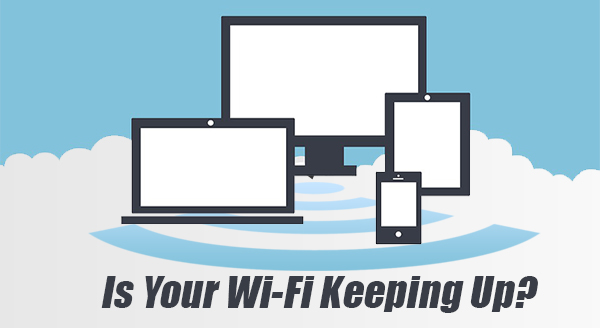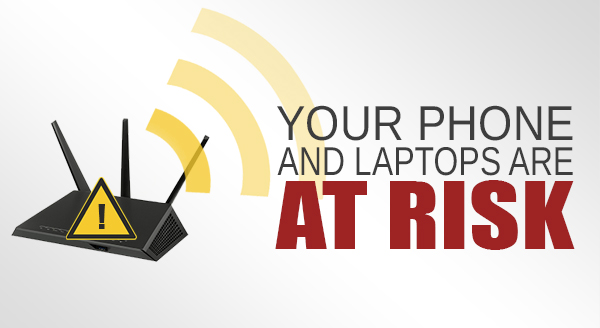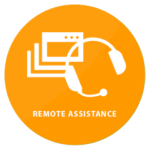
Wi-Fi has forever changed the way we live, work and play. We can surf the internet on the couch or by the pool, look up a recipe in an instant, and even connect our lights to voice control. It’s no wonder it was accepted with open arms, but is your Wi-Fi as good as it needs to be?
10 years after Wi-Fi first made its way into homes with those mysterious rabbit-eared boxes, it’s evolved into a juggernaut of speed and accessibility that we can’t do without. Think about how many wireless devices your home has – the average home has at least 10 devices connected wirelessly to the internet, many have more.
While older devices are typically happy with a slice of slow internet, your newer devices like 4k TVs and media streaming simply can’t function without fast internet. Add in a game console, tablet, a few smartphones and a laptop or two, and your Wi-Fi is suddenly stretched beyond full capacity and struggling to keep up. Yet, most people don’t know how fast their Wi-Fi is, or if it’s working right– they only know how many bars they’ve got. Unfortunately, counting bars can add up to one big headache.
Here’s why relying on your Wi-Fi bar count might be ruining your internet experience:
Bars measure the wrong thing: While it’s great to know you’ve got a ‘strong’ signal, it would be even better if you could have a ‘fast and available’ signal. The internet could actually be down and you’d still have full bars because it’s really only measuring how close to the Wi-Fi router you are. That proximity measure doesn’t take into account how many devices are fighting for the same bandwidth or whether there’s any left for you. We can ensure your Wi-Fi isn’t just available, it’s up to the task.
Wi-Fi goes sideways: While next-door’s Wi-Fi can reach the back of their property, it can also go a similar distance sideways into your house. This extra ‘noise’ can disrupt and slow down your own Wi-Fi. In dense areas, your Wi-Fi is basically getting lost in a swirling field of signals, all using the same channel and frequency. It’s a digital crowd which can seriously slow your speeds. We can fix this by changing your Wi-Fi channel to one with less cross-talk.
Everyone uses the default settings: Most home Wi-Fi uses a 2.4ghz frequency by default. While it makes a plug & play router easy to set up, it does mean you’re not getting the speeds you could be. Switching to the 5ghz frequency means your Wi-Fi is separated from the neighborhood cross-talk. 5ghz is also considerably faster, which is a bonus. We can help you upgrade to a 5Ghz-capable router or switch your existing frequency.
Priority isn’t set: While not Wi-Fi specific, we can also set up “Quality of Service” if your router supports it or supply you with one that does. This allows things like Netflix and Skype calls to always take priority and remain uninterrupted over less important tasks like downloads. You’ll be able to watch movies without those awful buffering jumps and video chat without freezing.
Is your home network not keeping up? Give us a call at (337) 205-4860 and we can improve your internet experience.


